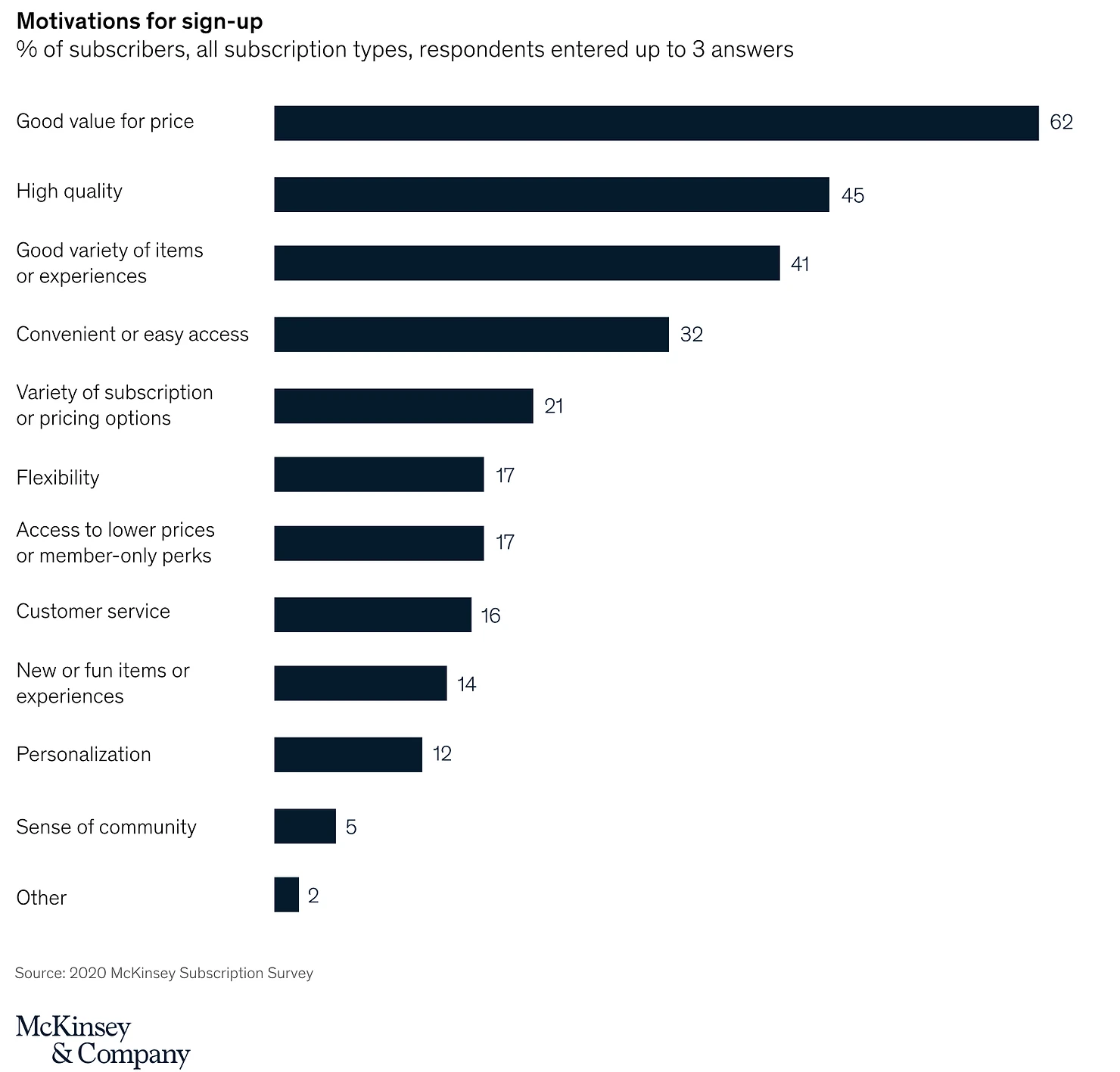Subscription App Business Models
A Beginner’s Guide


Bruce Peck
Dec 04, 2022 · 4 min readDespite the hype around subscription based business models in recent years, they are nothing new. The milkman and the paper were available by subscription as early as the 1800’s.
What is new is the scale, power and sophistication of today’s subscription businesses and its popularity. In fact the average American today spends something like $273 a month on subscription services. That’s surely more than your grandpa Farnsworth was willing to shell out for his daily paper.
This is why today more than ever it is important to understand both what the subscription model is, and what you can do to harness it‘s potential for your software.
What is a subscription business model?
A subscription business model is when users are charged a fee that repeats overtime on a fixed basis for instance monthly or yearly. As paddle.com notes, there are major benefits to a subscription model, especially when compared to one off payments:
- Predictable revenue stream
- Reoccurring revenue
- Stronger customer retention and relationship
- Easier demand forecasting
- Opportunities for up selling and cross promotion
Because you have a group of people that are committed to purchasing from you each month, the revenue that you will generate becomes a lot easier to predict.
What types of businesses do well with subscriptions?
When it comes to apps there are certain types of users and apps that lend themselves better to this model than others. And subscriptions aren’t the end all be all. For instance apps like Airbnb probably don’t need a subscription to be successful.
Where as apps like Disney Plus or Spotify could not be successful without it. The best types of businesses for a subscription either offers access to a resource (for instance SAAS products) or offers a product that has a re-occuring need in the life of the end user (like skin care products.)
Here are some examples of subscription models:
- Content streamers: Netflix, Apple Music
- SAAS: Salesforce
- Video Games: Apple Arcade
- Skin Care: Tiege Hanley
Challenges of the subscription model
When you sell a product to someone once, like a ticket to a sporting event or a ride on Uber, there is no expectation on the side of the user that the product will be improved.
But with a digital subscription, people constantly expect improvements to come. They expect more to be given them for the same price they are paying. Think about it, Netflix spends billions of dollars each quarter on content.
Why? They already have more content then you are ever going to watch in your lifetime. The reason is they need to keep you on their platform so that they can keep your dollars with them.
Every subscription plays the same game, Amazon Prime, Asana etc. they need to continually improve the product so that people stay.
Another challenge is getting users to pull the trigger on a subscription, even though the price of the subscription can be small, sometimes it takes a lot of convincing for a user to commit for the long haul, more so then if it were merely a one off purchase.
How to attract subscribers
Many people think that the best way to attract new subscribers to your app you need to offer a free trial or to offer a discount.
That may be helpful, but a study done by McKinsey found some surprising results, that seem obvious when you think about it.
They found that the number one reason why people subscribed was that they found that they were getting a good value for the price.

Well, duh. This is why Amazon seeks to beef up their offering for Amazon Prime all the time, because they know that there is a certain threshold with people where if you surpass it you can lock them in for a very long time.
“Two day shipping and the Rings of Power tv show? I’m in.”
Perhaps that’s why Tien Tzsuo the author of “Subscribed” says that:
Subscriptions are the only business model that is entirely based on the happiness of your customers. Think about it—when your customers are happy, then they’re using more of your service, and telling their friends, and you’re growing.
In a nutshell, if you can provide something that truly delights your user and has utility for them over a long period of time, you can do well with the subscription model. But, it’s often much harder than it sounds.